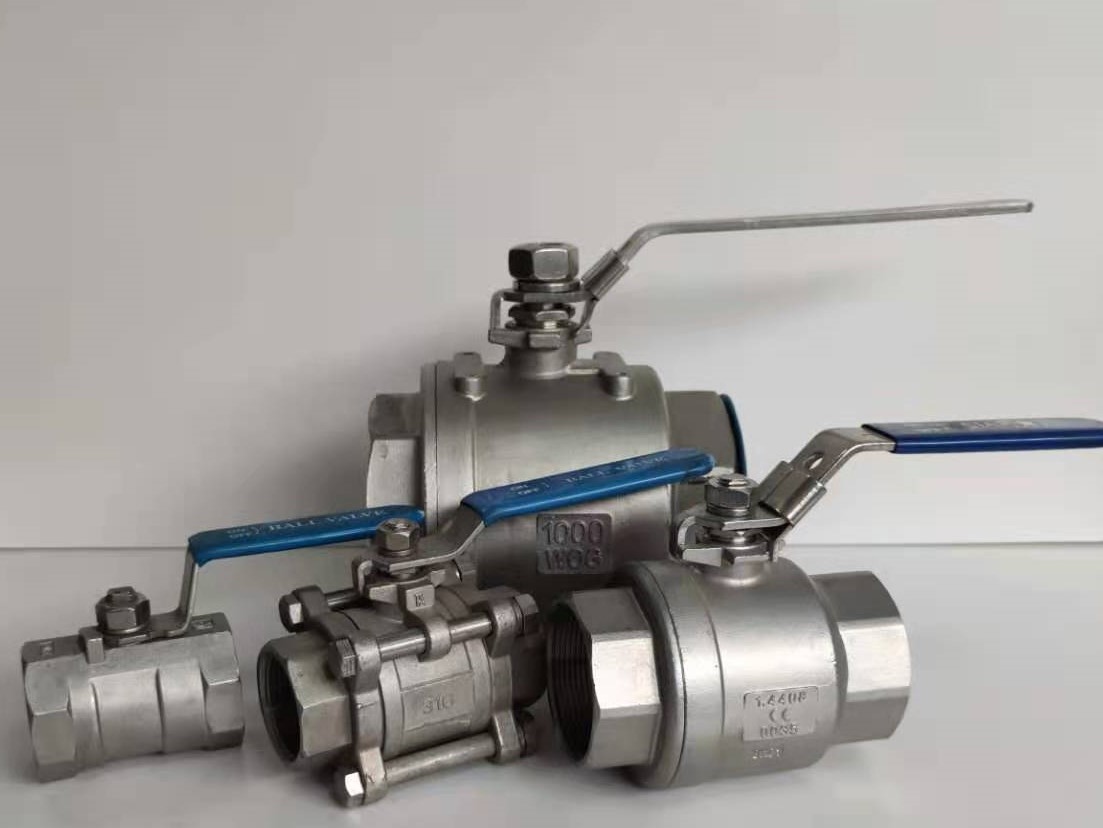
According to the different functions of opening and closing valves, there are many classification methods of valves. Here are the following.
1. Classification by function and purpose
(1) Cut-off valve: The cut-off valve is also called a closed-circuit valve, its function is to connect or cut off the medium in the pipeline. Block valves include gate valves, globe valves, plug valves, ball valves, butterfly valves and diaphragms.
(2) Check valve: Check valve is also called one-way valve or check valve, its function is to prevent the medium in the pipeline from flowing back. The bottom valve of the pump to close the water also belongs to the non-return valve category.
(3) Safety valve: The function of safety valve is to prevent the pressure of the medium in the pipeline or device from exceeding the specified value, so as to achieve the purpose of safety protection.
(4) Regulating valves: Regulating valves include regulating valves, throttle valves and pressure reducing valves, whose function is to regulate the pressure, flow and other parameters of the medium.
(5) Diversion valve: Diversion valves include various distribution valves and traps, etc., whose function is to distribute, separate or mix the medium in the pipeline.
2. Classified by nominal pressure
(1) Vacuum valve: refers to a valve whose working pressure is lower than the standard atmospheric pressure.
(2) Low pressure valve: refers to the valve with a nominal pressure PN ≤ 1.6Mpa.
(3) Medium pressure valve: refers to the valve with nominal pressure PN of 2.5, 4.0, 6.4Mpa.
(4) High-pressure valve: refers to the valve whose working pressure PN is 10~80Mpa.
(5) Ultra-high pressure valve: refers to a valve with a nominal pressure of PN≥100Mpa.
3. Classified by working temperature
(1) Ultra-low temperature valve: used for valves with medium working temperature t<-100°C.
(2) Cryogenic valve: a valve used for medium working temperature -100℃≤t≤-40℃.
(3) Normal temperature valve: used for valves with medium working temperature -40℃≤t≤120℃.
(4) Medium temperature valve: used for medium working temperature 120℃
(5) High temperature valve: used for valves with medium working temperature t>450℃.
4. Classified by driving mode
(1) An automatic valve refers to a valve that does not require external drive, but relies on the energy of the medium itself to make the valve actuate. Such as safety valves, pressure reducing valves, traps, check valves, automatic control valves, etc.
(2) Power-driven valve: Power-driven valve can be driven by various power sources. Electric valve: A valve driven by electricity. Pneumatic valve: A valve driven by compressed air. Hydraulic valve: A valve driven by the pressure of liquids such as oil. In addition, there are also combinations of the above driving methods, such as pneumatic-electric valves.
(3) Manual valve: Manual valve uses hand wheel, handle, lever, sprocket, and manpower to manipulate the valve action. When the valve opening and closing torque is large, this wheel or worm gear reducer can be set between the handwheel and the valve stem. If necessary, the universal joint and drive shaft can also be used for long-distance operation.
Please leave us a message
Phone: 86-317-3093856
Phone: 86-317-3090998
Address: No. 35 , Huanghe East Road , Economic Development Zone, Cangzhou City, Hebei Province

